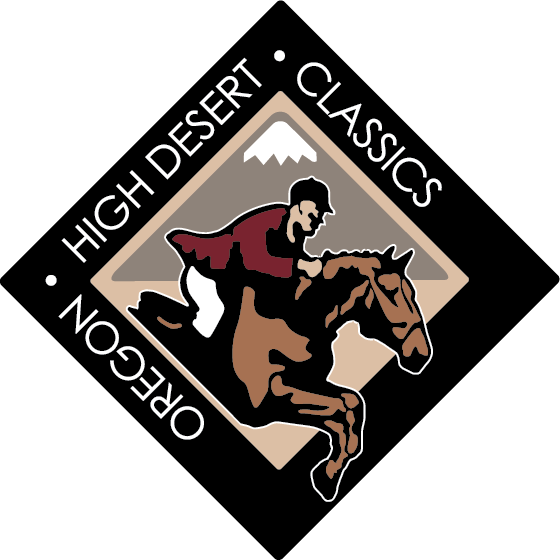
The hunter divisions find their roots in the foxhunting tradition. Foxhunters are bred to clear large obstacles, travel efficiently, endure long distances, and remain well mannered in the midst of activity. Foxhunters in the field often are large and bulky to support the weight of the rider over a several hour period. The hunters of the show ring demonstrate many of the qualities of the traditional foxhunters, but tend to be more refined.
Show hunters are judged on movement, jumping ability, fluidity, and temperament. The ideal hunter moves with flat knees, meaning their front legs float across the ground in a daisy-cutting fashion. Judges look for hunters to snap their knees across the top of the jump and to round their backs in an arc formation. A hunter round is rewarded for smoothness in which the horse appears to jump all the fences in stride. Horses are marked down for leaving the ground too far away from or too close to the jump. Judges also heavily penalize a horse for being on the wrong lead. (Horses should lead with their inside leg at the canter.) If a horse lands on the wrong lead after a line of obstacles, the horse must demonstrate a flying lead change in the corner to get back on the proper lead. Judges favor horses that maintain a pleasant expression with ears pricked forward and a long relaxed neck.
Horse and rider must make a striking picture as they enter the ring. The horse should be shiny and immaculate with a braided mane and tail. The rider is expected to wear traditional foxhunting attire: a dark colored hunt coat, beige breeches, tall black or brown boots, and a black velvet hunt cap. All equipment, including bridle and saddle, must be clean and presentable.
Although the top hunter performances demonstrate little movement from the rider, the rider is in fact giving the horse subtle cues throughout the round. The rider must ask the horse to leave from a comfortable take-off spot. The rider must ensure the horse jumps the center of the fence, stays straight to the next jump, and then turns the corner in a smooth fashion. Courses are generally set on a 12-foot stride, which is the average length of a horse’s stride. It is the rider’s responsibility to make sure the horse puts in the proper number of strides between each line of fences. If the horse tends to have a small stride, the rider needs to gallop to make the strides. Similarly, if the horse has a large stride, the rider needs to slow down to fit in the proper strides. A winning hunter round is much like a work of art. Each detail counts, from jumping all the obstacles fluently to being on the correct lead to maintaining an even rhythm. Once a spectator starts to understand these elements, he or she can begin to appreciate the beauty of a well-performed hunter round.

